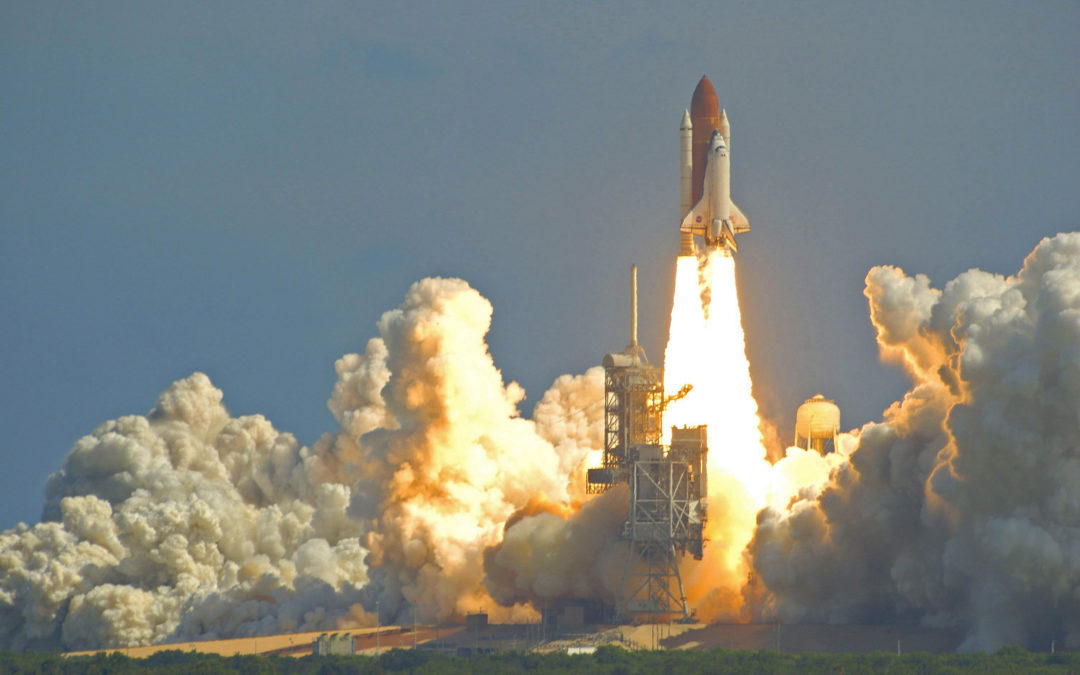The cornerstone of Katherine Johnson’s life has always been a respect of numbers and an intrinsic need to understand how they work, and as we approach her 100th birthday, we commemorate her monumental achievements in space and beyond.
“Math…it’s just there,” she explained in a MAKERS interview. “It has always been a part of what I was doing. You’re either right or you’re wrong. That I liked about it.”
The numbers that comprise her own story are nothing short of extraordinary—a freshman by the age of 10, a high-school graduate at 14, and a college graduate at 18, Johnson obliterated the odds at a time when educational opportunities for African American women were in short supply.
Limited once again by the number of career fields deemed acceptable for a woman to pursue at the time, Johnson became a high-school math teacher. Yet, the encouragement of an African American mathematician she met while at West Virginia University led her to continue looking for a position that would really put her specialized mathematical knowledge to use. In 1953, she found that position at NASA’s predecessor, the National Committee for Aeronautics (NACA), where she was hired as a “computer”—someone who carries out a variety of mathematical tasks like deciphering data from black boxes.
In 1958, when space exploration was picking up speed and tensions were rising over Russian space activity, Johnson wanted her skills to be utilized in a more profound way. Eventually, she was reassigned to the Guidance and Control Division of Langley’s Flight Research Division.
“They’d call a group of engineers and have a briefing as to what they were going to have to do and I asked, ‘Can I go?’ They said, ‘Women don’t ever go to those.’ So I said, ‘Well, is there a law against it?’’’
Her tenacity paid off, and she was tasked with calculating the trajectory for Alan Shepard, the first American in space. According to NASA, even after electronic computers came into play, John Glenn asked Johnson to recheck the calculations of the first flight to orbit the earth, and she later went on to ensure the Apollo moon landing went according to plan.
She explained, “I felt most proud of the success of the Apollo mission. They were going to the moon—I computed the path that would get you there. You determined where you were on earth when you started out and where the moon would be at a given time.”
In 2015, at the age of 97, Katherine Johnson’s life’s work was recognized by President Barack Obama when she received the Presidential Medal of Freedom—something made possible by an undying respect for numbers and an innate ability to prove her incredible knowledge to the world.
Now that is what women in STEM is all about.
To help continue this legacy, the Base 11 Space Challenge provides a profound opportunity for young women and minorities to get involved in the next wave of space travel. To learn more about the challenge, click here.

